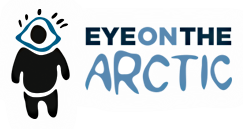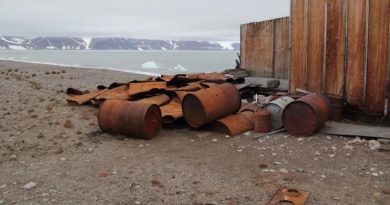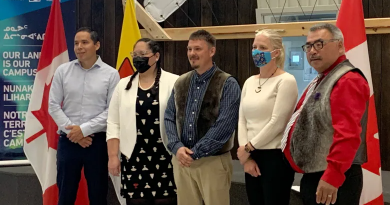COP16: ‘We must hold our government to their commitments’
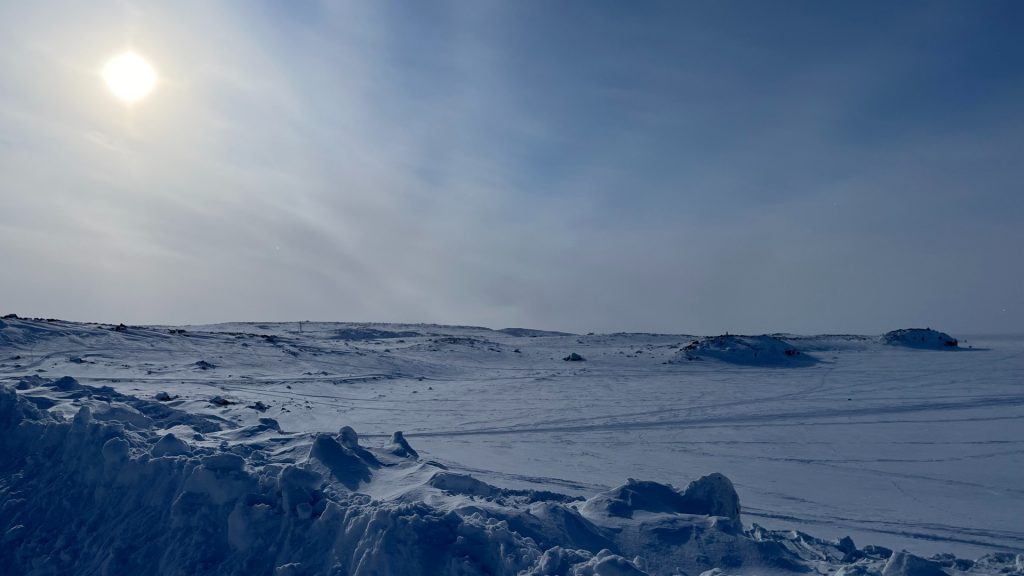
With COP 16 underway in Cali, Colombia, the president and CEO of World Wildlife Fund-Canada, emphasized that discussions held here could significantly impact the future of the Arctic.
“When we talk about protecting biodiversity, we often focus on conservation but while we can protect certain areas, that doesn’t stop sea ice or permafrost from melting,” Megan Leslie told Eye on the Arctic in a phone interview from the conference, stressing the need to weave Arctic issues into the larger discussions about environmental strategies.
“The Arctic is at the frontlines of climate change and so we might protect a piece of sea ice, but if it doesn’t freeze during winter, what have we really protected? The ice habitat could disappear altogether.”
COP 16, the 2024 United Nations Biodiversity Conference of the Parties to the UN Convention on Biological Diversity, runs from Oct. 21 to Nov. 1.
The main priorities at this year’s gathering include developing national plans to implement the Kunming-Montreal Global Biodiversity Framework adopted which aims to reverse biodiversity loss, securing funding to support the framework’s implementation and establishing benefit-sharing mechanisms for plants, animals, and microorganisms valuable for food, agriculture, medicine, and overall biodiversity.
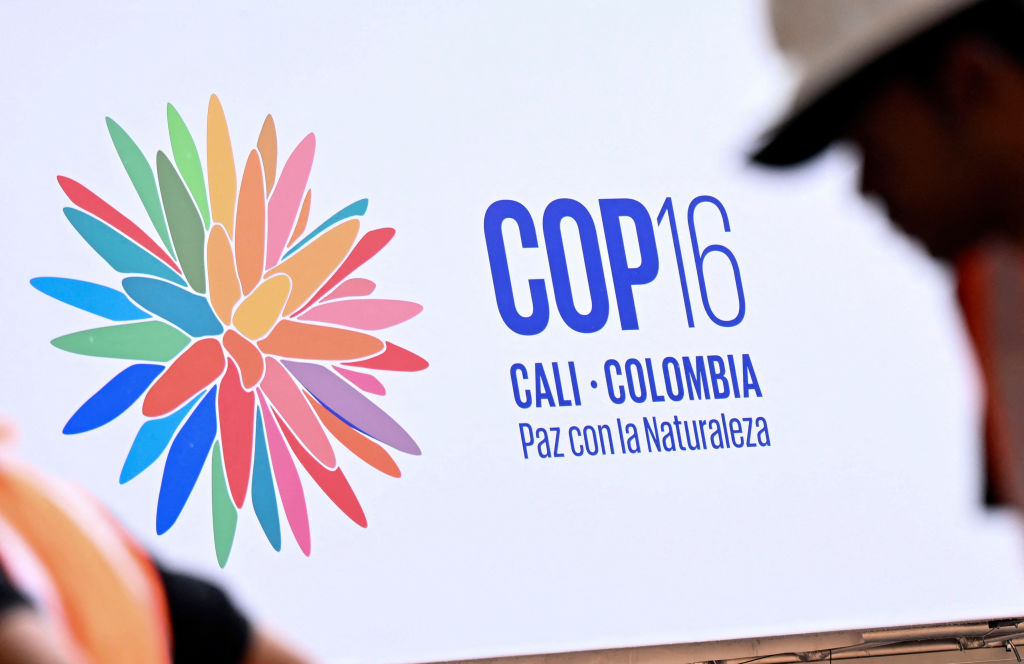
Building on framework adopted at Montreal meeting
The Kunming-Montreal Global Biodiversity Framework was adopted in 2022 at COP15 in Montreal.
Among the key goals agreed on at the meeting were to protect 30 per cent of the world’s land and water by 2030 and mobilizing at least $200 billion in public and private funding to achieve biodiversity efforts.
For Canada, which played a key role in shaping the global biodiversity framework, the stakes are particularly high, Leslie said.
“By committing to protect 30 per cent of our lands and waters by 2030, we’re making a significant pledge to safeguard ecosystems in the Arctic,” she said. “This region is less degraded than many others, presenting a unique opportunity for effective conservation.”
Despite the lack of direct Arctic content at COP 16, Leslie believes the conference’s outcomes can influence policies that affect the region.
“We must hold our government to their commitments, especially as the Arctic faces unprecedented challenges,” she said. “This is a crucial time for us to demonstrate leadership in protecting our natural resources.”
Momentum needed on funding options
Leslie highlighted a key question remaining from the Montreal COP was tackling funding for to achieve international biodiversity goals, including the delicate balance of wealthier countries supporting conservation efforts in less wealthy regions, while also ensuring steady funding for local projects.
“It’s crucial that we not only talk about these goals but also create clear funding plans to make them a reality,” she said.
“If we can see the global community moving towards solutions, particularly in financing, that would be a significant win for biodiversity,” she stated.
Recognition of Indigenous voices in conservation strategies will also be an important part of biodiversity protection going ahead, Leslie said.
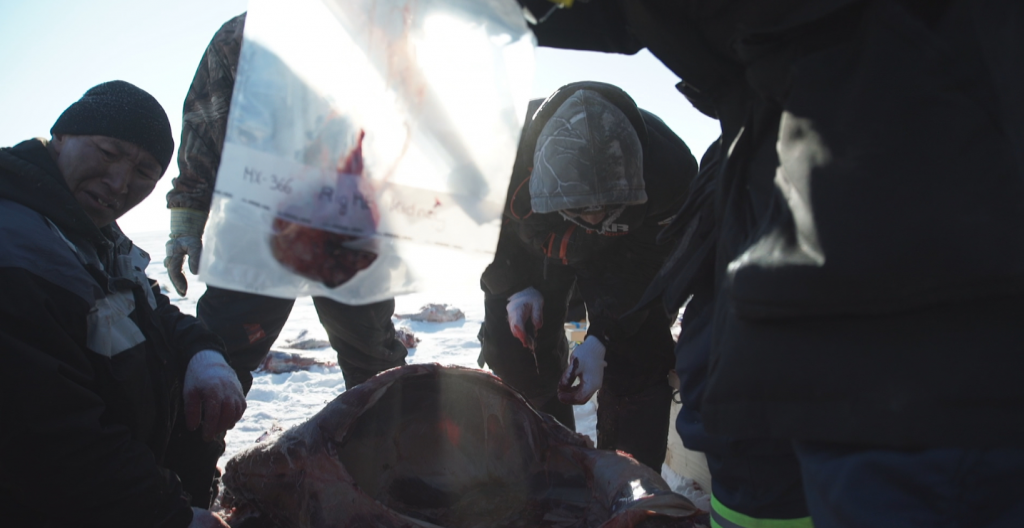
Projects like the proposed marine protection area covering the North Water Polynya between Canada and Greenland is an example of the kind of Indigenous-led projects in the Arctic that could be model for other regions of the world, she said.
If realized, the ecologically rich area—strong ocean currents keep it ice-free all year, making it an important spot for animals to mate and feed—would be co-managed by Inuit on both sides of the Denmark/Canada border.
Leslie said she’d have liked to see more Indigenous peoples from the Arctic and elsewhere at the conference so far and hopes that changes at future international gatherings.
“While some groups are participating remotely, the lack of on-site representation is a significant gap,” she remarked. “Indigenous peoples have been managing these lands for millennia, and their involvement is crucial for ethical and effective conservation.”
Comments, tips or story ideas? Contact Eilís at eilis.quinn(at)cbc.ca
Related stories from around the North:
Canada: Conservation an important path forward for Nunavut’s economy, says report, Eye on the Arctic
Finland: Conservationists find more critically endangered Arctic fox cubs in Finnish Lapland, Yle News
Norway: Climate change hits back at Svalbard, coal mine flooded by melting glacier in Norway, The Independent Barents Observer
Russia: Oral histories unlock impact of climate change on nomadic life in Arctic Russia, says study, Eye on the Arctic
Sweden: Extra billions to SAS – but with stricter climate requirements, Radio Sweden
United States: Conservation groups sue government over Alaska mining road, The Associated Press
